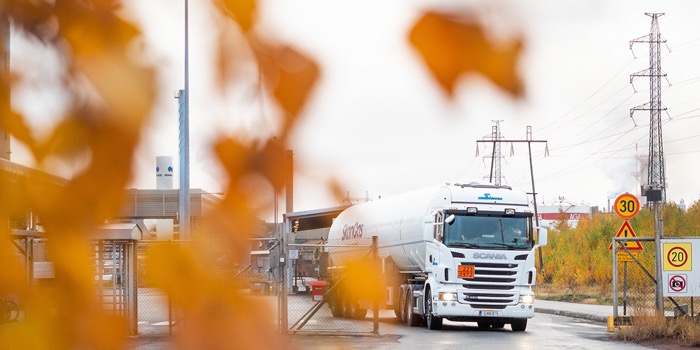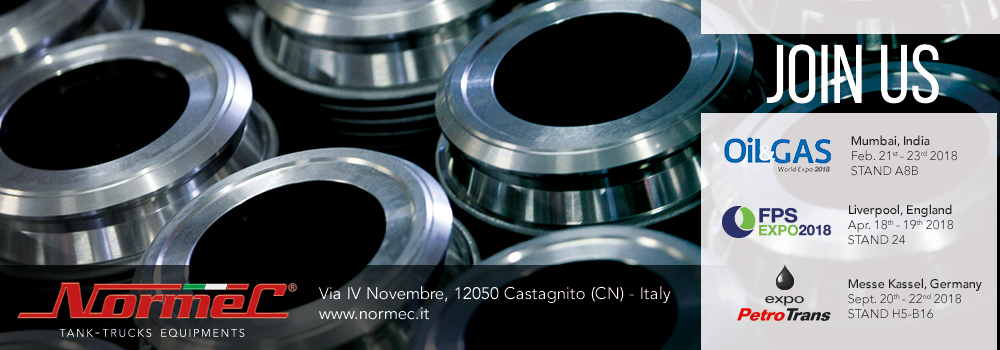Skangas delivered renewable Liquefied Biogas (LBG) to Nornickel Harjavalta and STEP
For the first time Nornickel Harjavalta and Suomen Teollisuuden Energiapalvelut (STEP) Oy received liquefied biogas (LBG) from Skangas. Renewable liquefied biogas substantially improves the environmental footprint of the companies.
The LBG is used in Nornickel’s production of biohydrogen and for their energy production. Up to now Skangas has been supporting Nornickel with LNG. Nornickel Harjavalta’s goal is to continuously improve waste recycling. In addition, it is committed to reducing emissions to air and water and minimising disturbances.

“Using liquefied biogas is a natural development towards an even cleaner operation and environment,” said Marko Mikkola, Director Operations support & EHSQ, Nornickel Harjavalta. “Having replaced oil products with LNG in hydrogen production and bioenergy we are already significantly reducing our fossil CO2 emissions. As renewable LBG becomes increasingly available we will continue to improve our environmental footprint,” he concluded.
STEP received liquefied biogas for their bio steam boiler plant. Annually the steam boiler plant produces around 220,000 MWh of steam fuelled by wood pellets. Wood pellets is the main fuel for STEP supported by back-up fuel of LNG from Skangas. Investing in the new steam boiler in 2016 STEP estimated an annual CO2 reduction of approximately 70,000 tonnes. This is since they changed their energy source from heavy oil to pellets and gas.
“We are extremely satisfied with the opportunity to use renewable gas in our energy production”, says Antti Kokko, Head of Sales and Business Development, STEP. “This is a step in the right direction and we welcome more biogas whenever possible,” he concludes.
“This is the first time we are supplying LBG to Norilsk and STEP”, says Jouni Bedda, Sales Manager in Skangas. “LNG and LBG will continue to walk hand in hand as the availability of LBG on the market is on the rise.”
Because the LNG and LBG mainly consist of methane the existing LNG supply infrastructure can be used. Compared to oil products LNG removes SOx and particulate matters and reduces NOx emissions by up to 85 percent. In addition, LNG reduces CO2 emissions by at least 20%. LBG is like LNG, however, it is a renewable fuel made from 100 percent local feedstocks. Biogas is produced through the processing of various types of organic waste.
For more information visit: www.nornickel.fi, www.stepenergy.fi and www.skangas.com
29th October 2018














